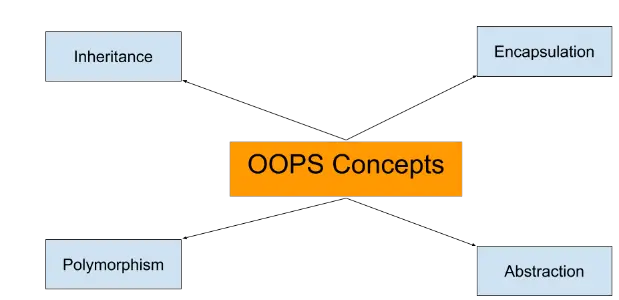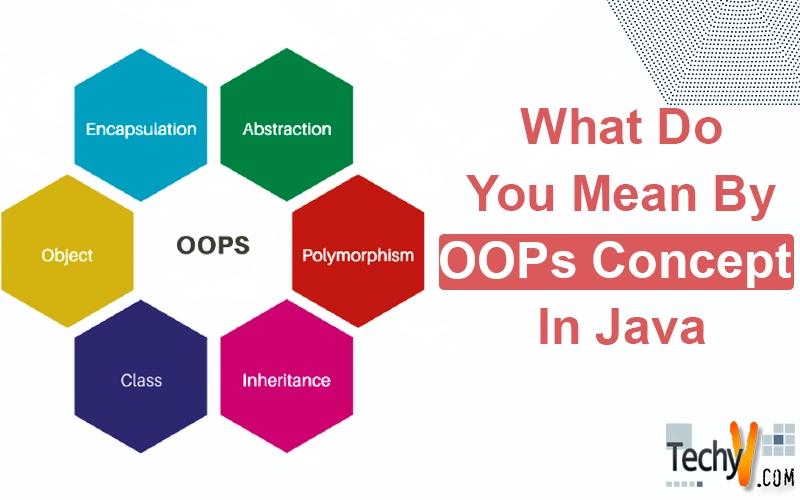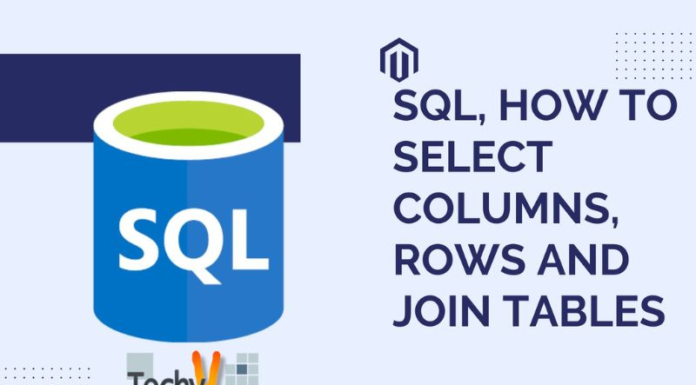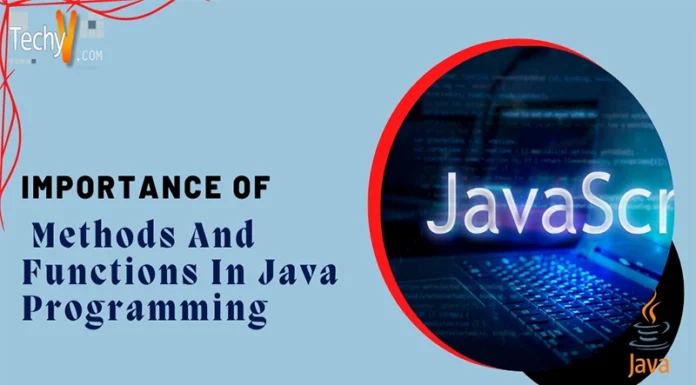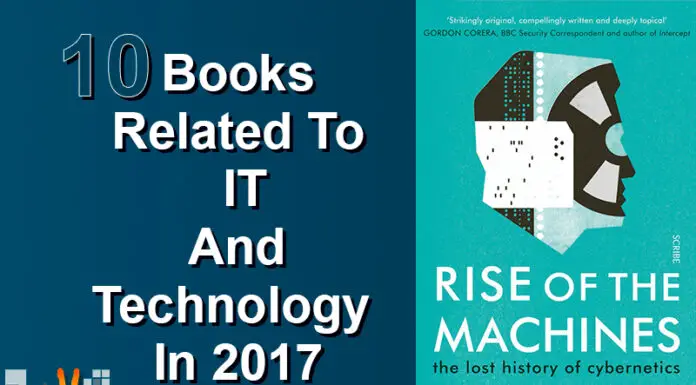It is the world of new emerging technologies, applications, software, etc. From a simple text message to highly advanced robotics, we need coding. It is the most important part of the technical field. There is no developer without the coding knowledge. To make software, websites, applications, etc. we need to code a lot. There are many languages and methods to code; among them, object-oriented programming languages have gained their attention. There are many object-oriented programming languages such as Java, Python, Ruby, etc. Now we will learn about the object oriented programming and how is it useful.
Object Oriented Programming is nothing but coding based on the real-time environment, i.e., whatever is present around us. To put it simple, a paradigm where everything is referred to as an object is known as object-oriented programming language. It includes mostly used concepts such as polymorphism, data binding, inheritance, encapsulation, etc. The first ever introduced and recognized programming language is Simula. As an object-oriented programming language, Smalltalk is considered and recognized at the first.
OOPs (Object Oriented Programming System)
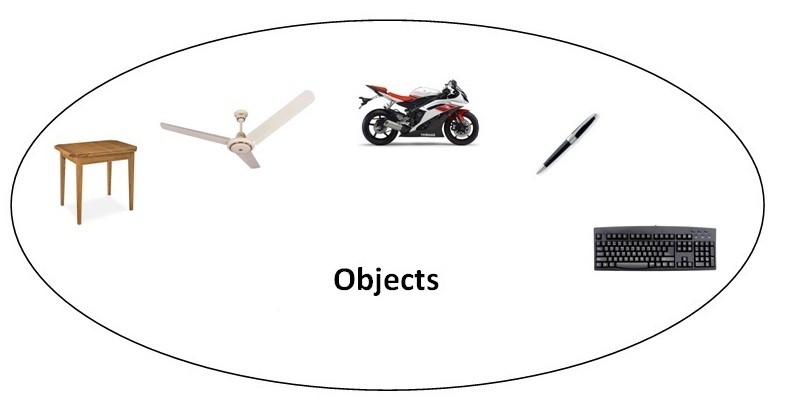
Any real world entity such as table, pen, box, etc. is called an object. To design a program with objects and classes is the process of methodology called Object-Oriented Programming. It provides some important aspects which simplifies the maintenance and development of the software. This made many lives of developer’s life easier. Some of those concepts are:
- Object
- Polymorphism
- Class
- Inheritance
- Encapsulation
- Abstraction
Object
Any Thing or an entity that has the behaviour and a state is known as an object. It can be anything around you such as table, pen, book, bike, keyboard, etc. Object can even be logical or physical.
Class
This is a blueprint before defining the behaviour of the attributes. The collection of the objects is called a Class. It is referred to as a logical entity.
Inheritance
As it extracts behaviour from the environment around you, all of its concepts can be compared with the real world experiences. Here there is a concept called an inheritance which is the process of acquiring the behaviour and the properties of the parent’s objects in the child classes or objects. This is the best example for reusing of the code and it leads to less time and effort. To achieve runtime polymorphism, this technique is used.
Abstraction
The developer must understand that, user or a client doesn’t need to know about the inner functionality of the software. It is enough for him to know about the front end interface. Here in abstraction, internal functionalities are hidden. For example, in phone calling, you are not aware of the internal processing except calling the other one. This leads to reduce the confusion among the users. To achieve abstraction, the abstract interface and class is used in Java.

Encapsulation
Wrapping or binding of data and code into a single component is called the Encapsulation. The best example for this is a capsule which is bound with different medicines.
These are the main concepts, without which Java is not considered as an object-oriented language.
